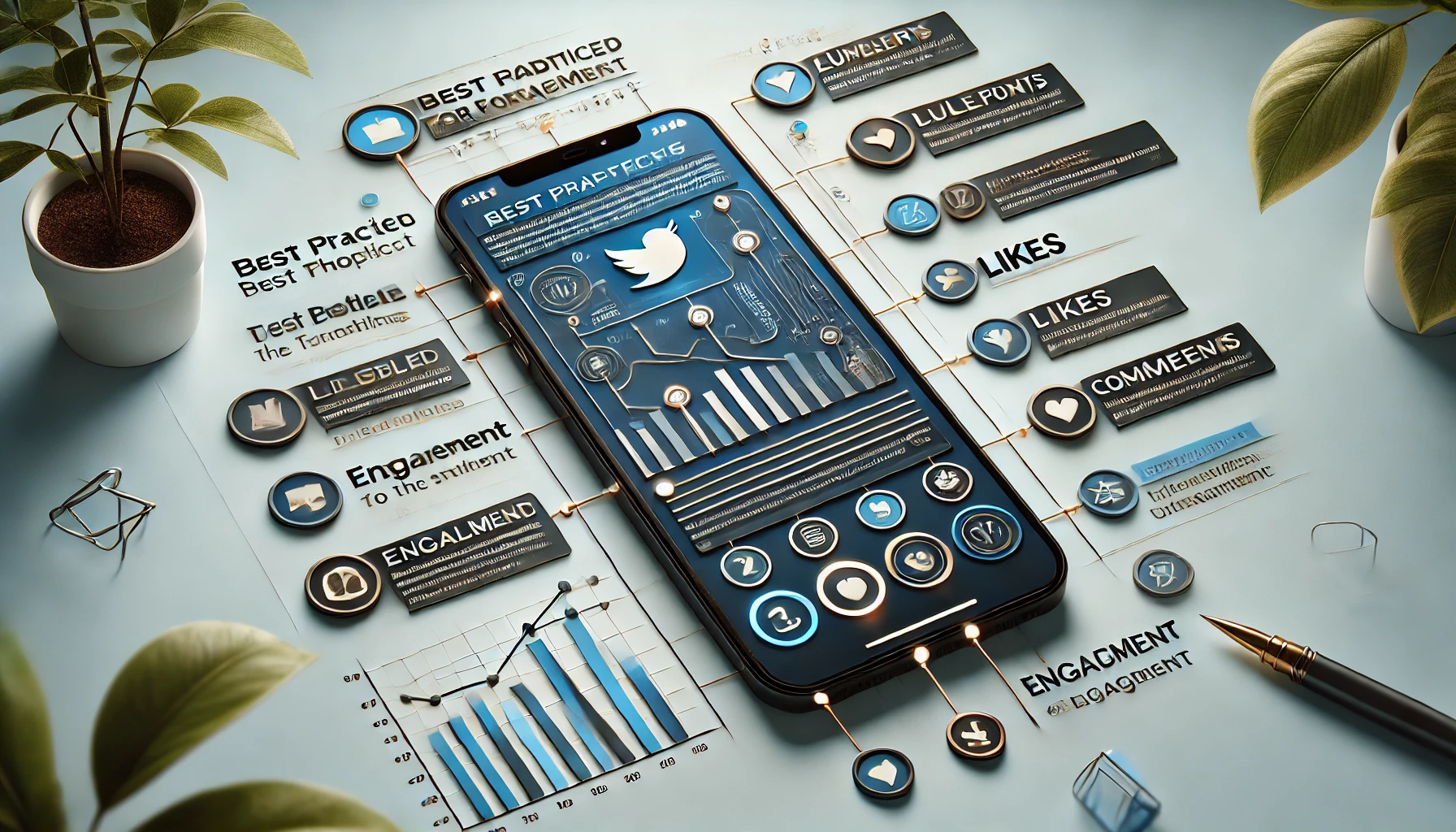We’ve all been there—scrolling through a chaotic online thread, struggling to find the information we need. Whether we’re participating in a forum discussion or managing a community, clear and effective thread formatting can make all the difference. When threads are well-organized, they not only enhance readability but also foster meaningful interactions.
In our fast-paced digital world, attention spans are short. A well-formatted thread helps capture attention and keeps readers engaged. By implementing best practices like concise headings, bullet points, and strategic use of bold or italics, we can transform a cluttered conversation into an engaging dialogue.
Understanding Thread Formatting
Threads are like a symphony of tweets, letting us express what a single tweet can’t. They’re handy for everything from storytelling to explaining complex ideas. But what exactly is a thread, and why does its formatting matter so much?
What is a Thread?
In the realm of Twitter and beyond, a thread is a series of interconnected tweets weaving a narrative or discussing a topic. Perfect for sidestepping that pesky 280-character limit, threads give us a wider canvas for sharing thoughts. They’re our digital storybooks, offering depth where there was once brevity.
Importance of Thread Formatting
Why all the fuss over forming a thread? Well, it’s all about engagement and readability. An eye-catching first tweet acts as our hook, inviting readers to dive deeper into the content. But here’s the kicker: bullet points and line breaks transform walls of text into skimmable jewels. Those formatting tricks ensure our audience stays hooked from start to finish, delivering stories or insights in style.
Key Elements of Effective Thread Formatting
To make your threads pop, effective formatting is key. Let’s dive into the essentials that’ll turn any thread from basic to bold.
Crafting a Strong Lead-In
The first tweet? It’s the hook. Grab readers by the curiosity and don’t let go. A strong lead-in sets the tone, hinting at the depth to come without spilling the beans. Ever seen the 🧵 emoji or “1/” in action? That tells followers there’s a juicy story waiting. A compelling opener promises a journey worth their scroll.
Structuring with Headings and Subheadings
We can’t use traditional headings on Twitter, but each tweet can act like one. Precision is power. A concise ‘heading’ guides the reader through the narrative. Achieving this makes tweets flow like chapters in a gripping novel. And let’s be honest, nobody likes getting lost in a jumble—structured content keeps threads on track.
Utilizing Lists and Bullet Points
Let’s spill some secrets: lists are your best friend. Breaking down info into bullet points? Pure magic for readability. They provide clarity and rhythm, turning chaos into clarity. Imagine explaining a complex idea—that’s where bullet points shine, offering bite-sized brilliance. No more wall of text fatigue, just easy-to-digest nuggets.
Incorporating Links and Multimodal Content
Links? They’re the bridges to deeper worlds. Bring in multimedia—images, videos make threads vibrant and dynamic. Why not give followers more than just words? They crave visuals, sounds, and interaction. A well-placed image or link transforms a good thread into a great one. Embrace multimodal content to engage with style and depth.
Practical Tips for Thread Formatting
Crafting clear and engaging threads is essential for capturing and holding reader attention. Let’s dive into practical strategies to enhance our Twitter thread game.
Keeping It Concise and Engaging
Think about it: how do we grab attention in today’s digital noise? Start strong with concise lead-ins that blend a catchy headline and a compelling hook. Break down points into digestible tweets, each a standalone gem. Use bullet points and line breaks—brevity wins the day. The goal? Craft threads that are quick to read and hard to forget; that’s effective thread formatting in action.
Enhancing Readability with Formatting Tools
What makes a thread user-friendly? Smart use of formatting tools. Incorporate inline images and emojis to add visual flair—all while guiding the reader’s eye. Complex Twitter thread design guidelines become manageable when we lean into Markdown, BBCode, or HTML, depending on the platform. Bold emphasis or italic whispers make important points pop, improving thread readability.
Leveraging the Power of Storytelling
Stories are powerful. They captivate us, making information more memorable. Start with a relatable anecdote or scenario—like sharing our journey to mastering a new skill. Use narratives to weave main points together, ensuring continuity. Rhetorical questions and emotional turns keep readers guessing, driving them to your thread’s end. Why stop at facts when storytelling makes threads irresistible?
Common Mistakes to Avoid
Thread formatting has its pitfalls. Not every Twitter thread or community forum post hits the mark. To help our fellow content creators avoid these common missteps, we’ve put together a list of things to watch out for.
Overcomplicating the Structure
Too much complexity can sink even the best ideas. It’s tempting to show off our prowess with sprawling sentences and flashy jargon, but less is often more. Like adding too much spice can ruin a dish, overcrowded tweets can overwhelm your audience. Keep it simple. Break down information using bullet points or line breaks. These little tweaks aren’t in the best thread formatting tips section for nothing. They’re how to format Twitter threads effectively, ensuring a smooth reading experience.
Ignoring the Audience’s Preferences
Here’s a blunder: crafting content blind to our audience’s tastes. Can we really afford that? No way. Our followers have distinct likes and dislikes. Some love data-packed content; others? Not so much. Taking the time to dive into analytics (or just plain asking) can clue us in. Ignore this at your peril. While we may think telling stories is enough, it’s understanding what works best design-wise and integrating it smoothly that’s key. Threads flounder when they cling to a one-size-fits-all approach.
Conclusion
Thread formatting is an art that can transform our online interactions into vibrant and engaging experiences. By focusing on clarity and structure, we can ensure our messages stand out in the digital crowd. Whether we’re crafting a compelling narrative or sharing valuable insights, the right formatting techniques make all the difference. Let’s embrace these best practices to create threads that not only capture attention but also foster meaningful connections. Together, we can make our digital conversations more impactful and enjoyable for everyone involved.





